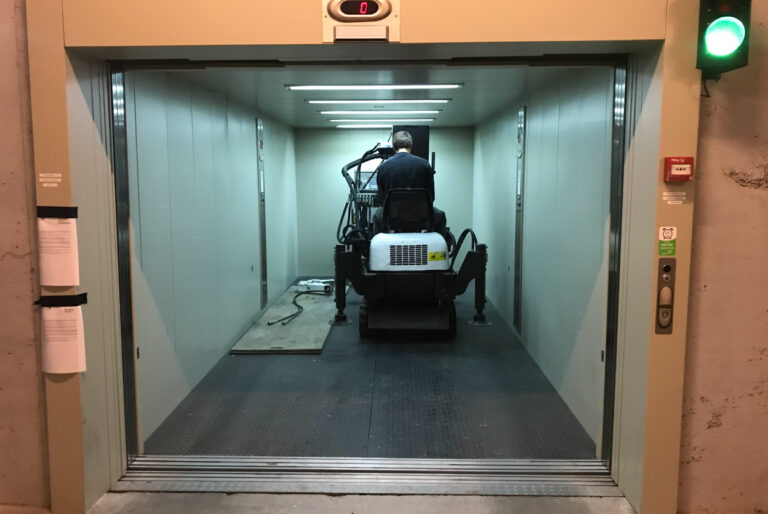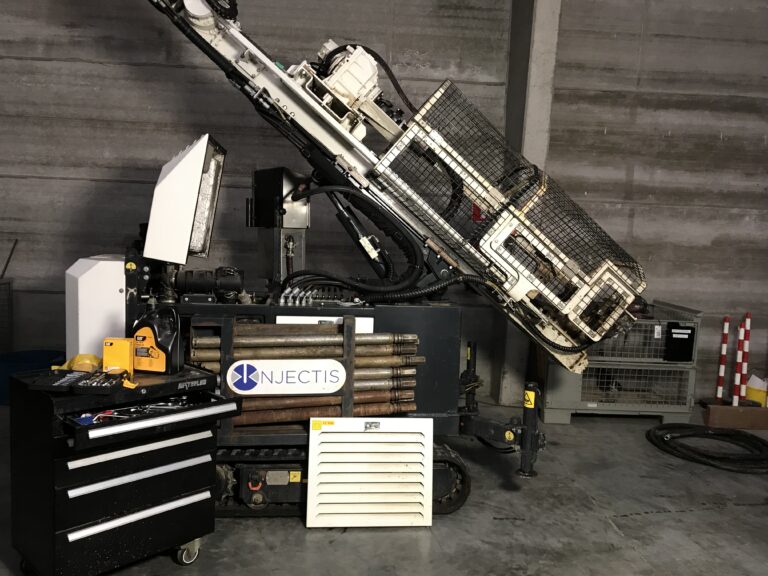OUR TECHNOLOGY
In Situ soil remediation by injection under
optimized and controlled conditions.

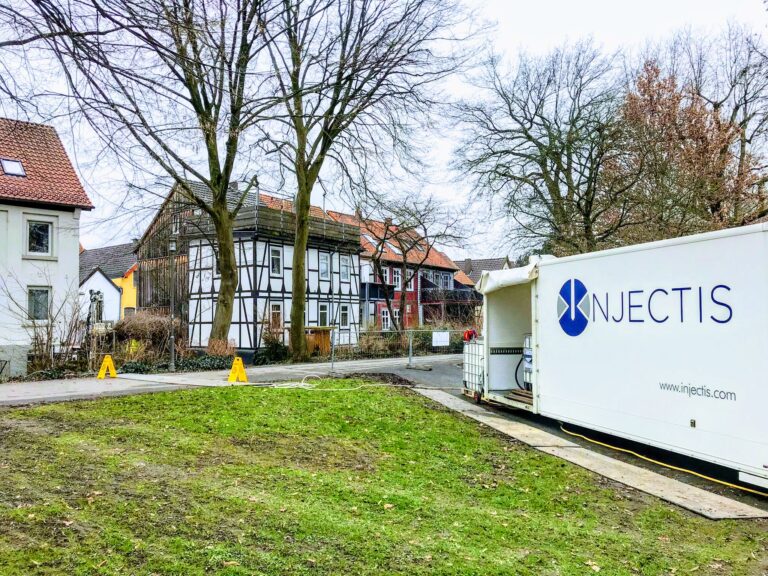
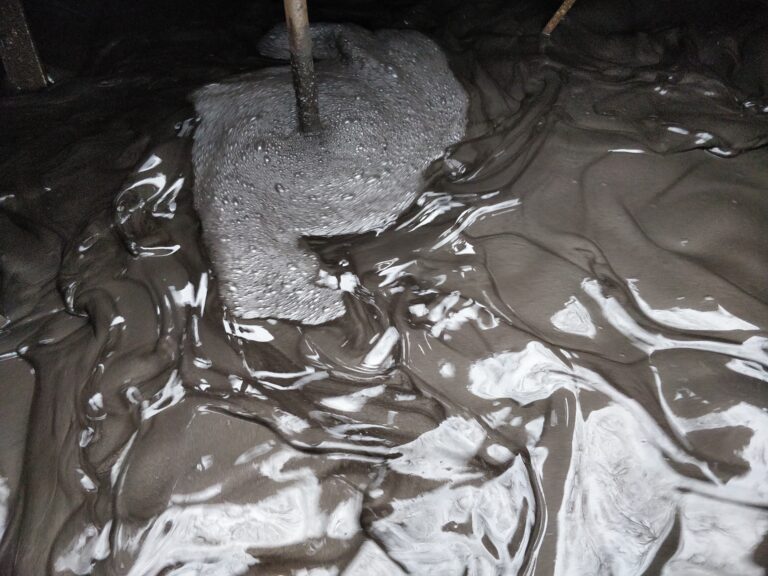
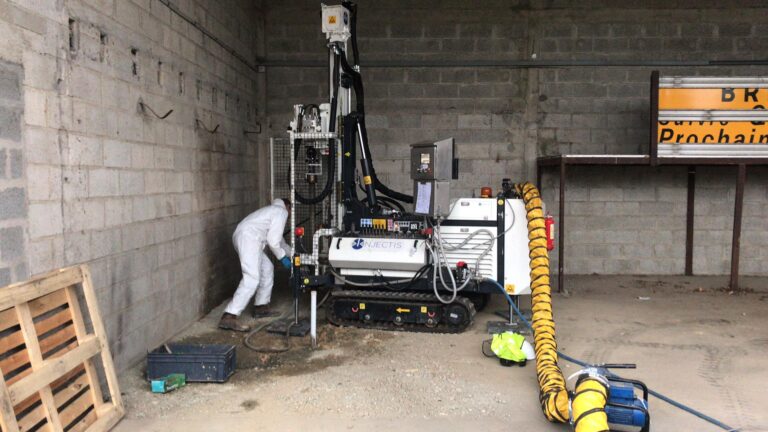
What types of injection treatments are possible?
- Aerobic or anaerobic biological oxidation
- Aerobic or anaerobic biological reduction
- In situ chemical oxidation (ISCO)
- In situ chemical reduction (ISCR)
- Stimulation of sorption or desorption processes
- Treatment by immobilization (solidification/stabilization by precipitation) or mobilization (surfactant)
- Treatment by neutralization
What are the advantages over other types of injections?
- The only low-pressure injection technique adapted to the geology encountered.
- Continuous injection from 0 to 30 m.
- High injection rates.
- Optimum contact between reagents and pollutant for effective treatment.
- Homogeneous distribution by adapting to the geology encountered (cm by cm).
- Continuous measurement and recording of flow rates, volumes and pressures.
- No compaction and therefore no undesirable fractures, leaks or rise of products.
- Transparency to the customer and engineering offices through recording and reporting.
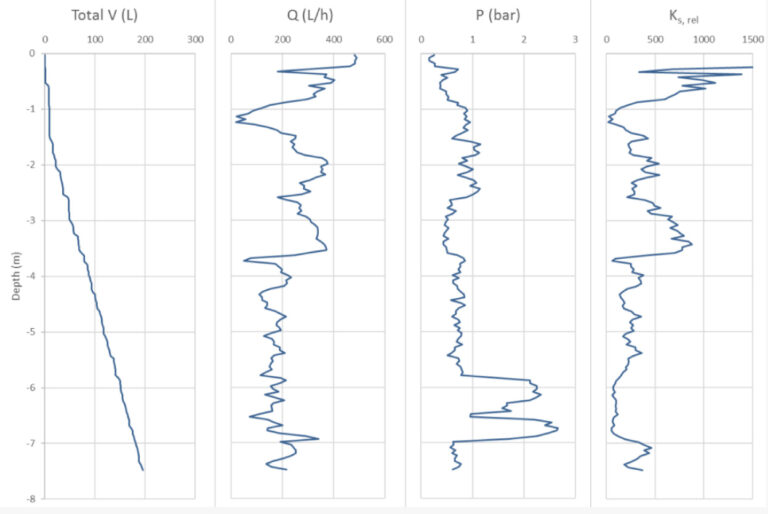
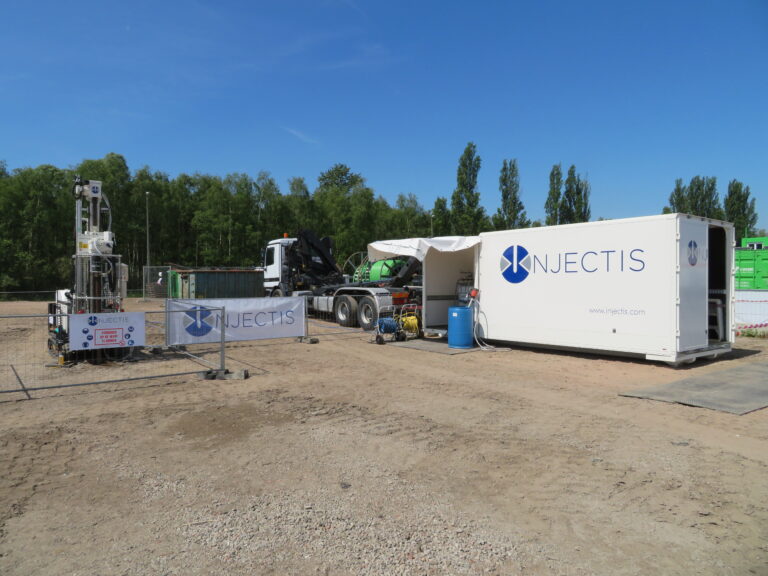
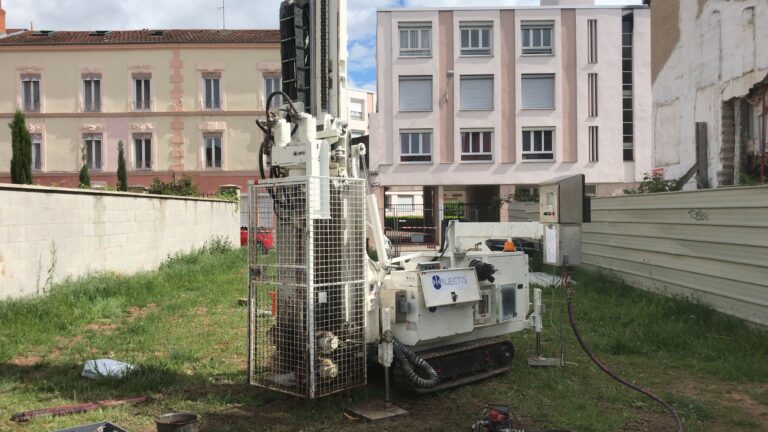

WINNER OF “ NICOLE Innovation Award”
INJECTIS was the winner of the NICOLE Innovation Award (Network for Industrially Co-ordinated Sustainable Land Management in Europe), an award designed to recognize innovative companies with proven technologies in the field of soil remediation.
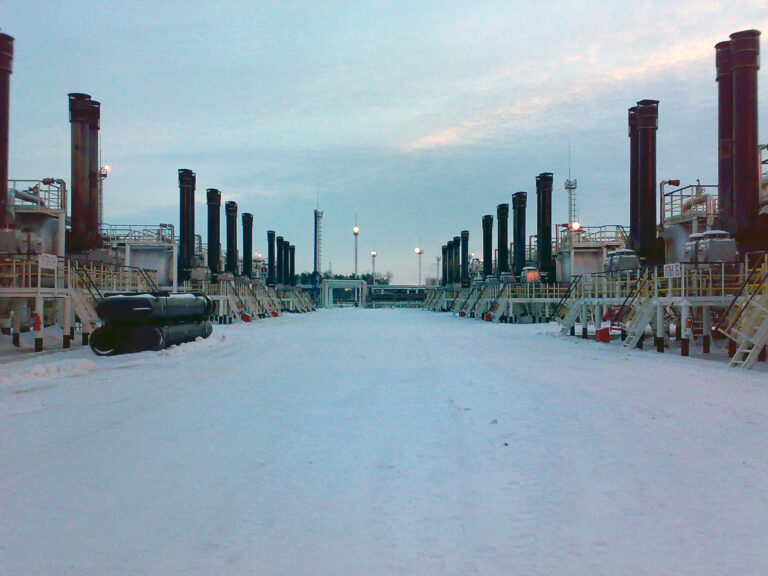
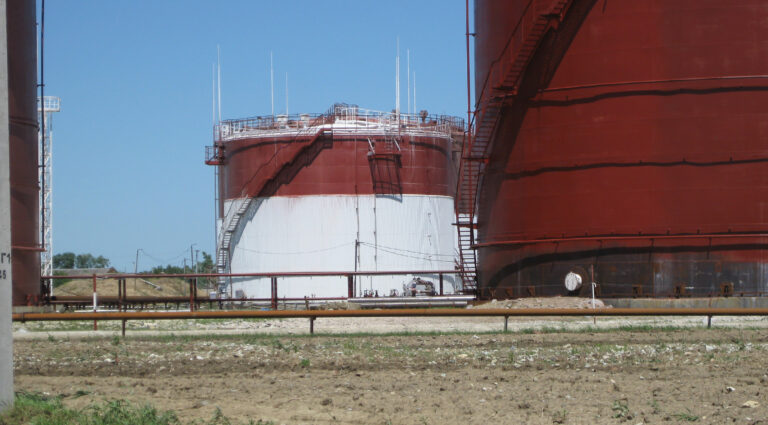
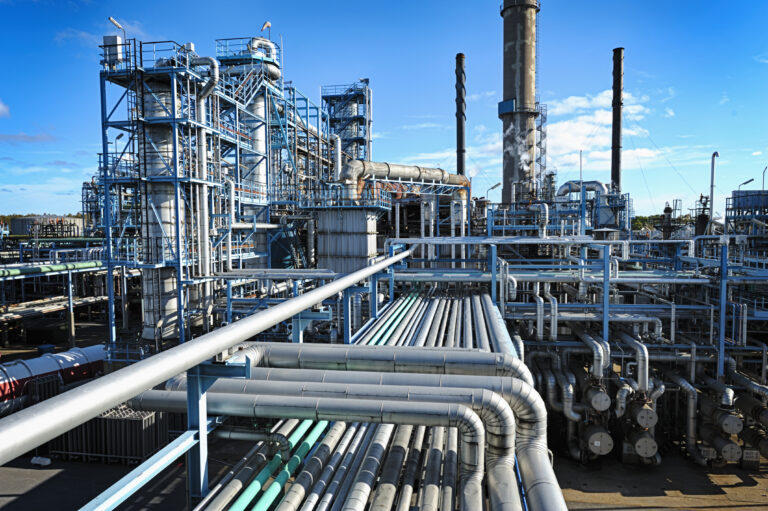
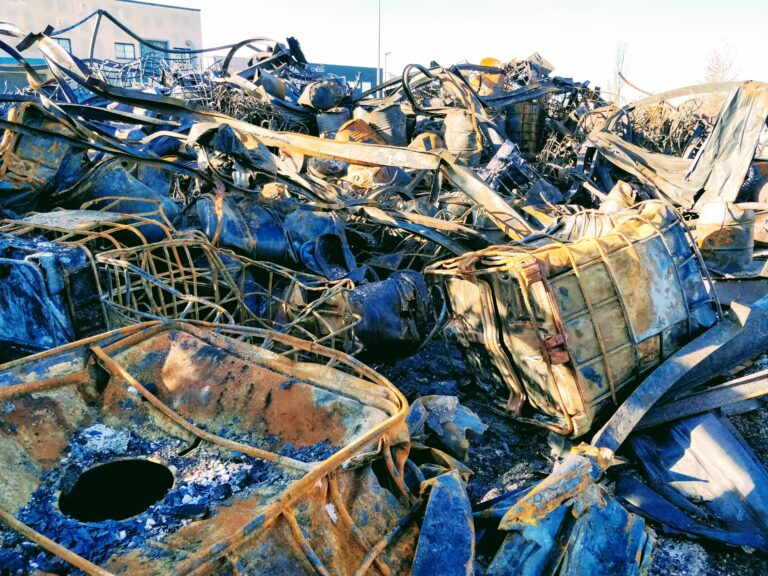
What types of pollutants are treated?
Most of the pollution encountered can be treated by injections by simply choosing the right degradation process and the reagents adapted to the specific conditions of the environment encountered (non-exhaustive list):
- Petroleum hydrocarbons, BTEX
- PAH (Polycyclic Aromatic Hydrocarbons)
- VOC (Volatile Organic Compounds)
- PFAS, dioxane
- COHV (chlorinated ethylenes, ethanes and methanes)
- Heavy metals (Pb, Zn, Cr VI…)
- Sulphates, nitrates or pesticides
- Phenols
- PCB
- pH adjustment
What kind of work sites?
With 7 machines of different sizes, Injectis can work in all circumstances and ground conditions, dealing with the most complicated situations in terms of accessibility to large-scale sites and significant injection depths.
